10 Types of Knives That Shouldn’t Be Missing In Your Kitchen Pantries
From the chef's knife to the serrated bread knife, through the one that fillets fish and slices meat, without forgetting the paring knife: here are the models to have on hand for your recipes.
;)
They are among the most important tools to have in the kitchen: chefs often have a private “collection” and have them custom-made by specialized craftsmen. We are talking about knives, precious allies that should be taken care of, making sure they are sharpened and preserved in the best possible way , as well as chosen and used according to their intended use. There are some for meat, fish, bread, they have thin or serrated blades, short or long: below, we have collected the 10 most common types of knives and the ideal ones to have as a basic kit à la maison.
Types of Knives: A Short Guide
Having the right accessories when preparing a dish is as essential as doing quality shopping: before looking at the knives that absolutely must not be missing from your supply, here are the most popular ones.
1. Chef's Knife or Carving Knife
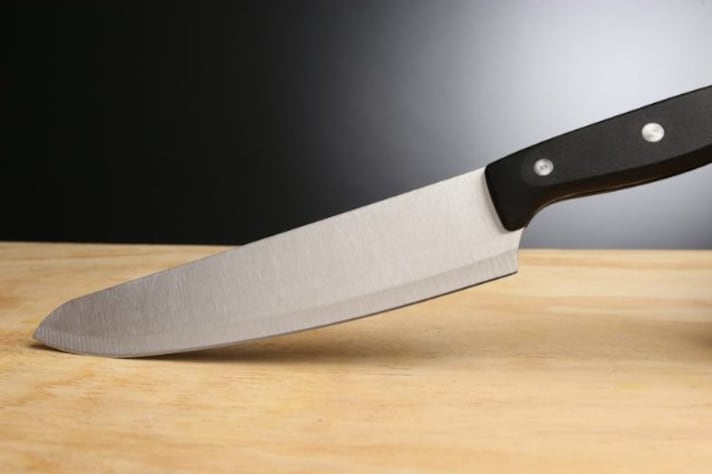
The chef's knife, also called a French knife or carving knife , is a true ally. Why? Because it is specifically designed to tackle a wide range of tasks: from cutting vegetables, meat and fish to mincing aromatic herbs, crushing garlic or crushing the shells of crustaceans. It is, therefore, a multipurpose tool that is characterized by a blade that is 20 to 25 cm long, sturdy, triangular, wide and flat, which is also useful for transferring chopped food from the cutting board to the pan: it curves slightly towards the tip, which is sharp. It is mostly found in stainless steel and ceramic, with an ergonomic handle.
2. Santoku Knife
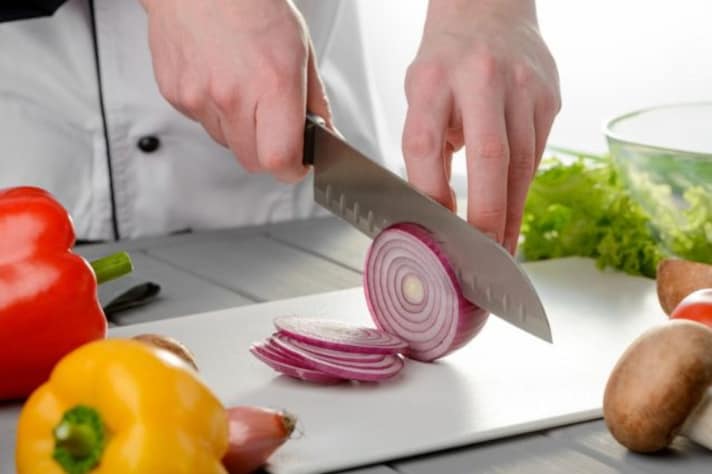
Of Japanese origin, the Santoku knife combines tradition and versatility. Used daily in the Land of the Rising Sun, its name means “three virtues”, which are exactly its main functions, namely slicing, chopping and cutting food with precision. Compared to the chef’s knife, of which it is a very valid alternative, it has a blade between 16 and 18 cm long, thinner and wider, which ends straight and not pointed: it generally has grooves that do not allow food to stick.
3. Bread Knife
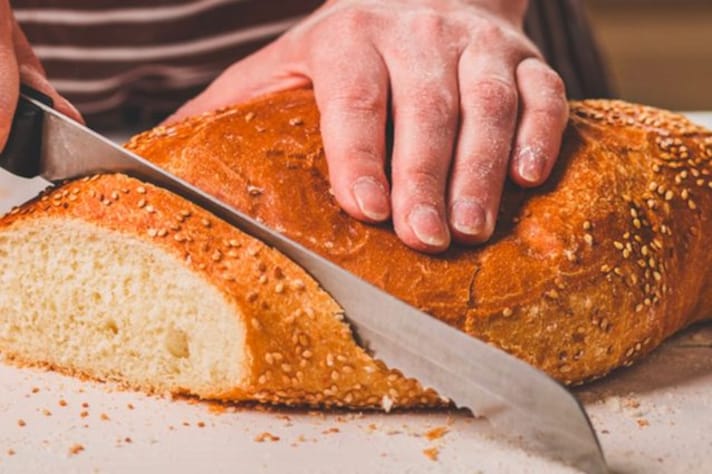
The bread knife is distinguished by its long, usually between 20 and 30 cm, serrated blade, made of stainless steel. A design that makes it ideal for cutting the crispy crust without crushing the crumb. Green light for homemade bread, baguettes, focaccias, but also for more delicate baked goods such as panettone, pandoro and soft cakes that must not deform when pressure is applied. In addition, it is a knife that can also be used to cut foods with a firm skin, such as pumpkins, pineapples and watermelons or compact vegetables such as cabbage.
4. Paring Knife
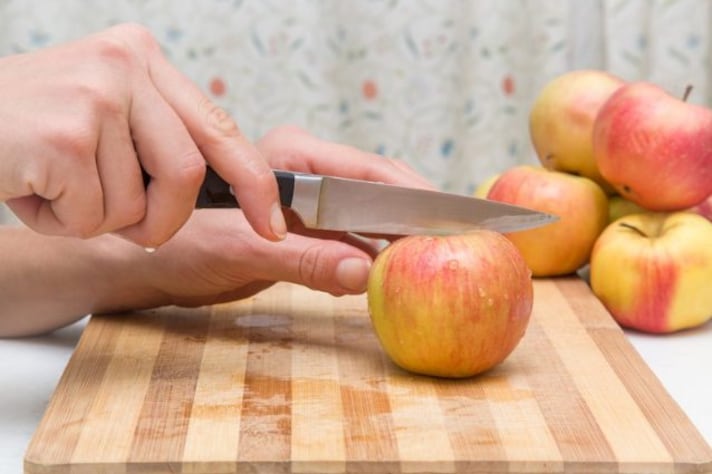
Compact and easy to handle, the paring knife – also known as the Tournier knife – is irreplaceable when it comes to “precision work”. With a length of about 6-10 cm, pointed and sharp, it is ideal for peeling, shelling and carving fruit and vegetables. Available with a straight or slightly curved blade (hence the name Tournier), it is suitable for operations that require accuracy and scrupulousness: it is no coincidence that it is used to carve foods with which to create decorations (such as radishes) or to obtain segments from citrus fruits. It can be compared to a small chef's knife, with which to meticulously slice small ingredients, such as mushrooms, garlic or chili pepper.
5. Filleting Knife
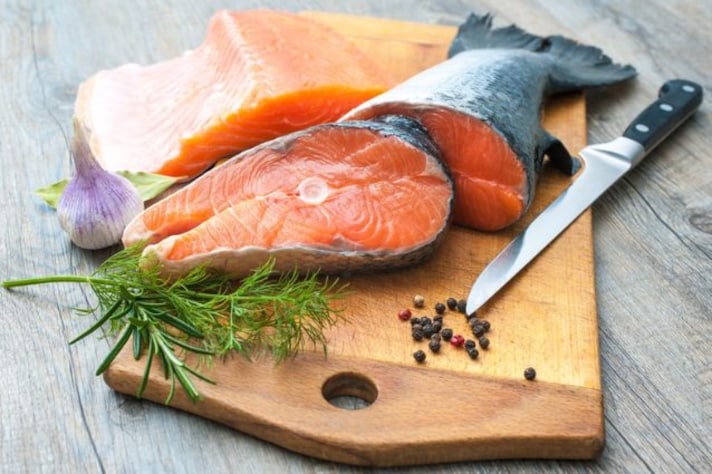
The filleting knife is the most suitable tool for filleting – precisely – fish without hurting yourself and without producing waste. Its shape, in fact, allows you to easily follow the curves of the bones, separating the pulp without ruining it and removing the skin. How is it made? The blade is thin, narrow, long (between 15 and 25 cm) and flexible (if not extra flexible), perfect for making accurate cuts. The materials must be of high quality, generally in German or Japanese stainless steel, resistant and that does not rust.
6. Meat Knives
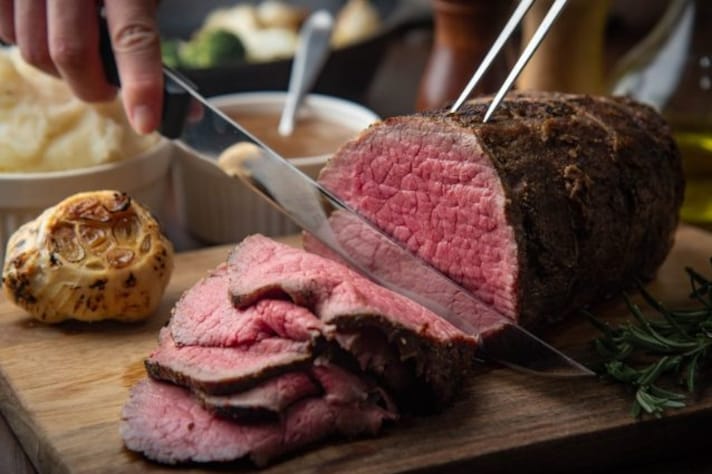
There are different types of knives suitable for cutting meat. Here we will introduce the two most common ones, the one for slicing and the one for boning. The first is a knife characterized by a long, thin and sharp blade that slides easily into the fibers without tearing them and damaging their structure: use it when you need thin and regular slices such as for roast beef or carpaccio. On the other hand, the boning knife is a more robust tool , with a rigid and pointed blade of about 12-15 cm: it allows you to work on complex cuts such as ribs, poultry and rack, so as to easily remove tendons and excess fat, obtaining clean sections.
7. Cheese Knives
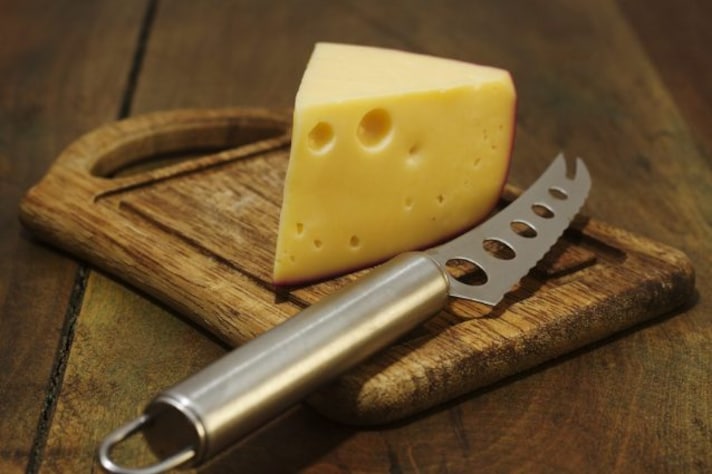
Cheese knives open up a truly varied universe, just like the different types of dairy products. Let's proceed briefly by macro-distinctions: knives for soft, tender and yielding cheeses such as crescenza or stracchino have holes in the blade to collect it better and a double tip at the end, suitable for serving the portion immediately. For brie or taleggio, a melting cheese, there are knives with a thin and resistant blade, which sink without then leaving residues. For semi-hard cheeses, from Fontina to Montasio, there are rigid blades that allow clean cuts, with a non-slip, safe and easy to handle handle, while for hard cheeses, for example pecorino, the special cleavers come into play, small or large. Finally, Grana and parmesan have the classic tools with a knob handle and a drop-shaped blade, ideal for obtaining small pieces from their crumbly paste.
8. Chinese Cleaver Knife
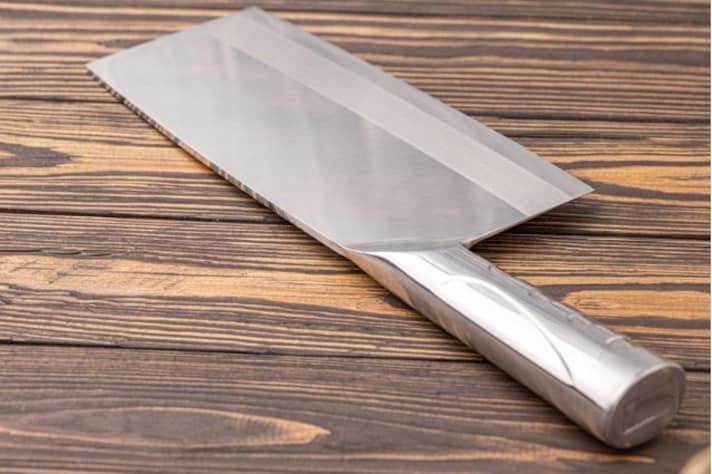
Typical of Chinese cuisine, both home and professional, it is a rectangular knife with a wide, flat, very sharp blade, which is used universally for different foods. In China and Korea it is practically a passepartout knife that allows you to crush garlic or spices, such as ginger, as well as slice vegetables, tubers and roots very thinly, and section and mince meat, raw or cooked. It can be made of stainless steel in combination with carbon: it is available in different sizes, but compared to other knives it can reach considerable dimensions and weight, even exceeding a kilogram.
9. Ham Knives
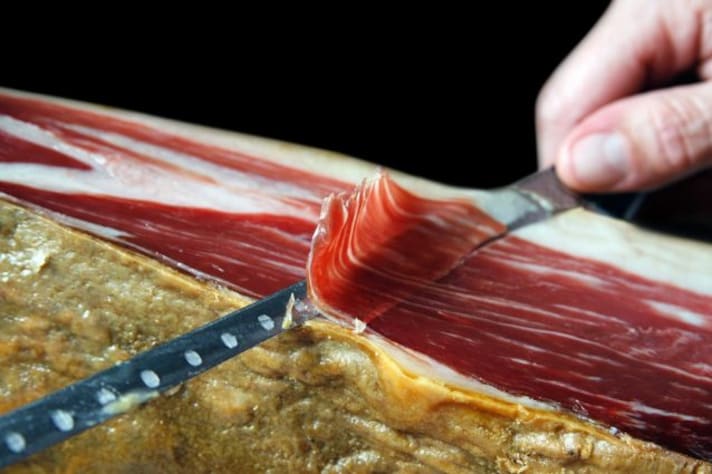
Even in this case there is not just one type. The most scenic in terms of use, however, is undoubtedly the tapered knife equipped with a long (about 30 cm) and flexible stainless steel blade that adapts to the curvature of the prosciutto made in Italy or Spanish (from jamón serrano to Pata Negra): with technique and mastery, thanks to a slow and uniform cut, very thin slices are obtained , without going deep and damaging the salami. It can also be used to slice culatello by hand.
10. Crescent Moon
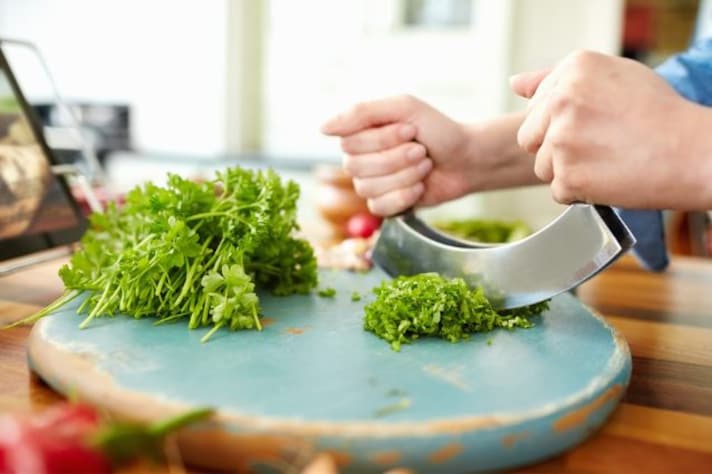
We conclude with the mezzaluna, a knife with two handles positioned at the ends and a curved blade, perfect for finely chopping aromatic herbs, garlic, onion and other ingredients with a rapid oscillating motion, using both hands. The tool can be found equipped with a double blade, which increases its effectiveness: it is particularly useful for preparing soffritti or pestati, although the blender is often preferred.
Which Knives Should Never Be Missing From Your Kitchen?
Not all the main knives that you might have in the kitchen are indispensable: a basic kit, however, is necessary to best handle the various preparations. Which of the previous ones is good to have available? Do not miss a chef's knife, because being extremely versatile allows you to use it in all fields, thus proving to be a good investment. Also equip yourself with a paring knife: small and practical, it is ideal for cutting small foods, and is also convenient for reducing cheese into wedges or cubes. The third is the bread knife which, being serrated, is also useful for all those foods with a tough skin. To add: a meat-slicing knife is best purchased to be used exclusively for recipes that feature meat, while if you love cooking fish, then the ace up your sleeve is the filleting knife.
;Resize,width=767;)
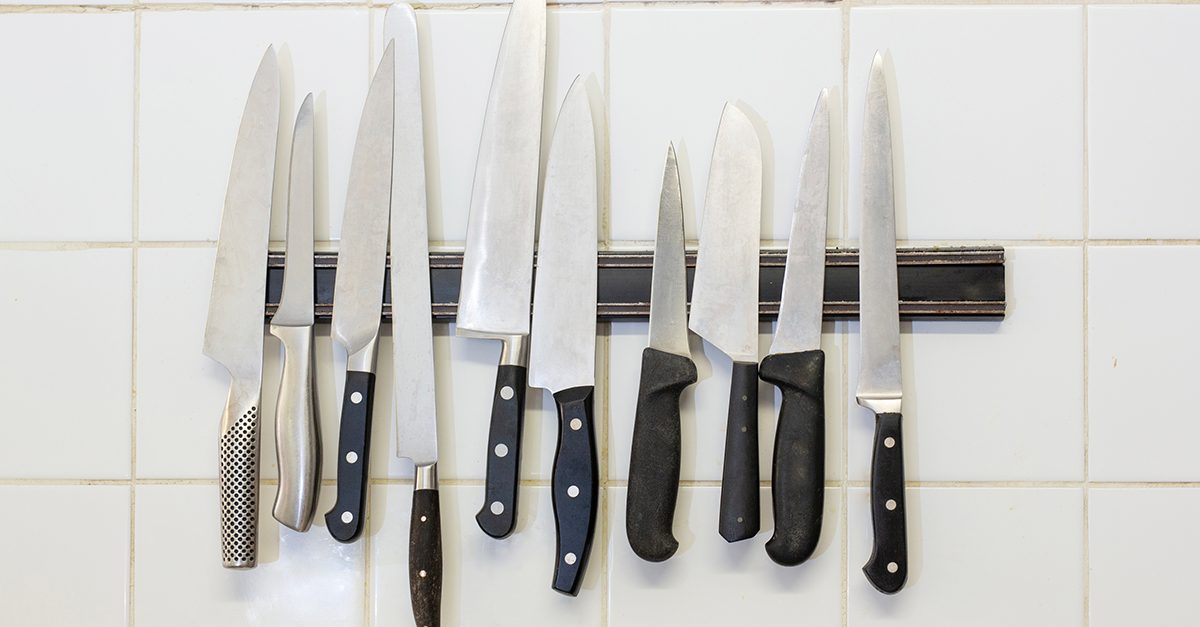;Resize,width=712;)
;Resize,width=712;)
;Resize,width=712;)
